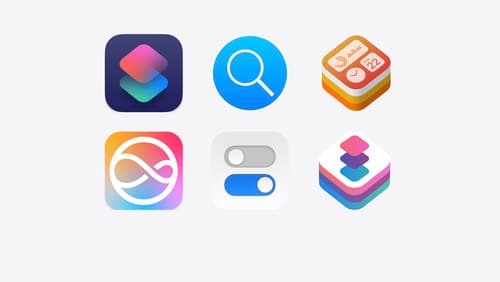when to use @Sendable?
Asked on 2024-09-06
1 search
In Swift, the @Sendable attribute is used to mark types or functions as safe to be used across concurrency domains, ensuring that they do not lead to data races. This is particularly important when dealing with public types, as Swift does not automatically infer sendability for them. By marking a type as Sendable, you are guaranteeing to your clients that the type contains no mutable state that could lead to concurrency issues.
For example, in the session "Migrate your app to Swift 6," it is explained that if you have a public type that you want to share across different actors, you need to explicitly mark it as Sendable. This is because Swift requires explicit sendable conformances on public types to avoid locking in sendability prematurely, which could be problematic if the type's internal state changes in the future.
If you want to learn more about this topic, you can refer to the session Migrate your app to Swift 6 (32:27) where this concept is discussed in detail.

Consume noncopyable types in Swift
Get started with noncopyable types in Swift. Discover what copying means in Swift, when you might want to use a noncopyable type, and how value ownership lets you state your intentions clearly.

Migrate your app to Swift 6
Experience Swift 6 migration in action as we update an existing sample app. Learn how to migrate incrementally, module by module, and how the compiler helps you identify code that’s at risk of data races. Discover different techniques for ensuring clear isolation boundaries and eliminating concurrent access to shared mutable state.

What’s new in App Intents
Learn about improvements and all-new features with App Intents, and discover how this framework can help you expose your app’s functionality to Siri, Spotlight, Shortcuts, and more. We’ll show you how to make your entities more meaningful to the platform with the Transferable API, File Representations, new IntentFile APIs, and Spotlight Indexing, opening up powerful functionality in Siri and the Shortcuts app. Empower your intents to take people deep into your app with URL Representable Entities. Explore new techniques to model your entities and intents with new APIs for error handling and union values.
